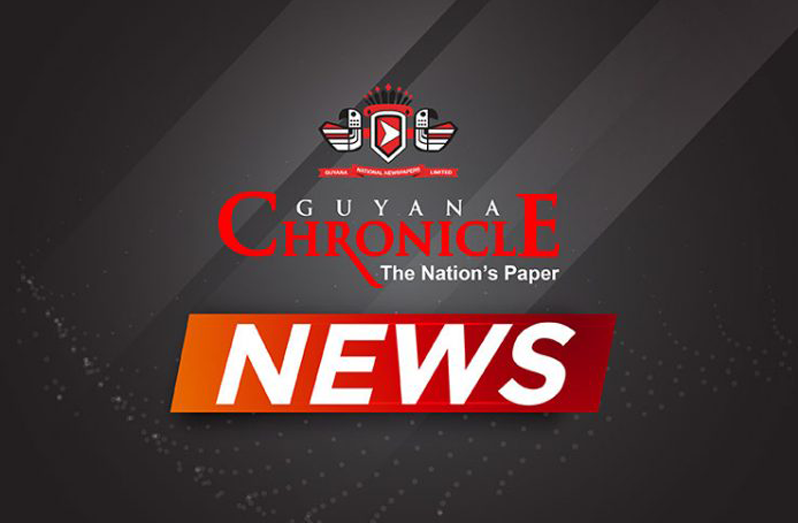–President Ali says government considering Norwegian, Kazakhstan models
THOUGH the use of a Sovereign Wealth Fund (SWF) is viewed as a necessary component of Guyana’s oil and gas infrastructure, wherein oil revenues can be saved for future use, President Dr. Irfaan Ali has noted that Guyana’s stage of development is what is guiding the conceptualisation of this fund.
While addressing concerns and questions from members of the Guyanese Diaspora during the inaugural diaspora engagement conference on Saturday, President Ali noted that there has been significant academic debate surrounding what model Guyana should use to develop its SWF.
When asked if the government would fashion its SWF after the Norwegian model, the president said, “What we have to understand is that Norway adopted that model after the country has a certain level of infrastructure; a certain level of service, a certain level of development, and this is key.”
The Head-of-State reasoned that Guyana is in “dire need” of infrastructural development, as well as development in the health, education and energy sectors. He also posited that a framework to expand into other sectors is important to create jobs.
As such, he said that Guyana is at that stage where focus is being directed towards making the local economy competitive, and towards providing world-class services and infrastructure to citizens. And he posited that this development must be pursued transparently.
Though the President noted that Guyana’s stage of development will guide the conceptualisation of the fund, he related that Guyana is currently looking at both the Norwegian and Kazakhstan SWFs. He, however, added that the SWF that will be created must also include the local development of ideas, befitting the local context, instead of being solely externally driven.
Guyana currently has a Natural Resources Fund (NRF), which is meant to be Guyana’s SWF, but the incumbent government indicated that it will either repeal or amend this fund, since the NRF Bill was passed and assented to in the post-No Confidence Motion period. Already, however, the Inter-American Development Bank (IDB) has highlighted that the government has received US$267 million for oil sales and royalty payments through 2020 and March 2021.
Meanwhile, Vice-President Bharrat Jagdeo also added that while in opposition, the People’s Progressive Party/Civic (PPP/C) was critical of the NRF, since the model gave too many powers to politicians. This is something he said the new SWF will change. Jagdeo also reminded his audience of his previous statements that there could be jail time for officials for the non-disclosure of oil funds received.
“If the Minister of Finance does not publish in the Official Gazette and notify the National Assembly three or six months after the receipt of any fund from any oil company, then the Minister of Finance and, maybe, the Secretary to the Treasury can go to jail,” the Vice-President said.
He also noted that with this system, any Guyanese can, at the end of any year, get a copy of the Official Gazette and see the sum collected from oil companies. He emphasised that the government is committing to the transparent use of oil funds.
Like President Ali, Mr. Jagdeo also noted that consideration must be made for how those funds are invested, as it is important that people’s lives are improved, while considerations are being made to save these oil funds for future investments.
He added that the government subscribes to certain principles in the Norwegian model, specifically as it relates to transparency.
The International Monetary Fund (IMF) has recommended following the Norwegian model. This model splits an SWF into two funds with different goals: One fund could prioritise safe long-term investments outside the country, and make sure future generations of Guyanese will enjoy the benefits of these funds long into the future, while another fund could try to address short-term needs like new hospitals, schools, roads and bridges.




.png)









